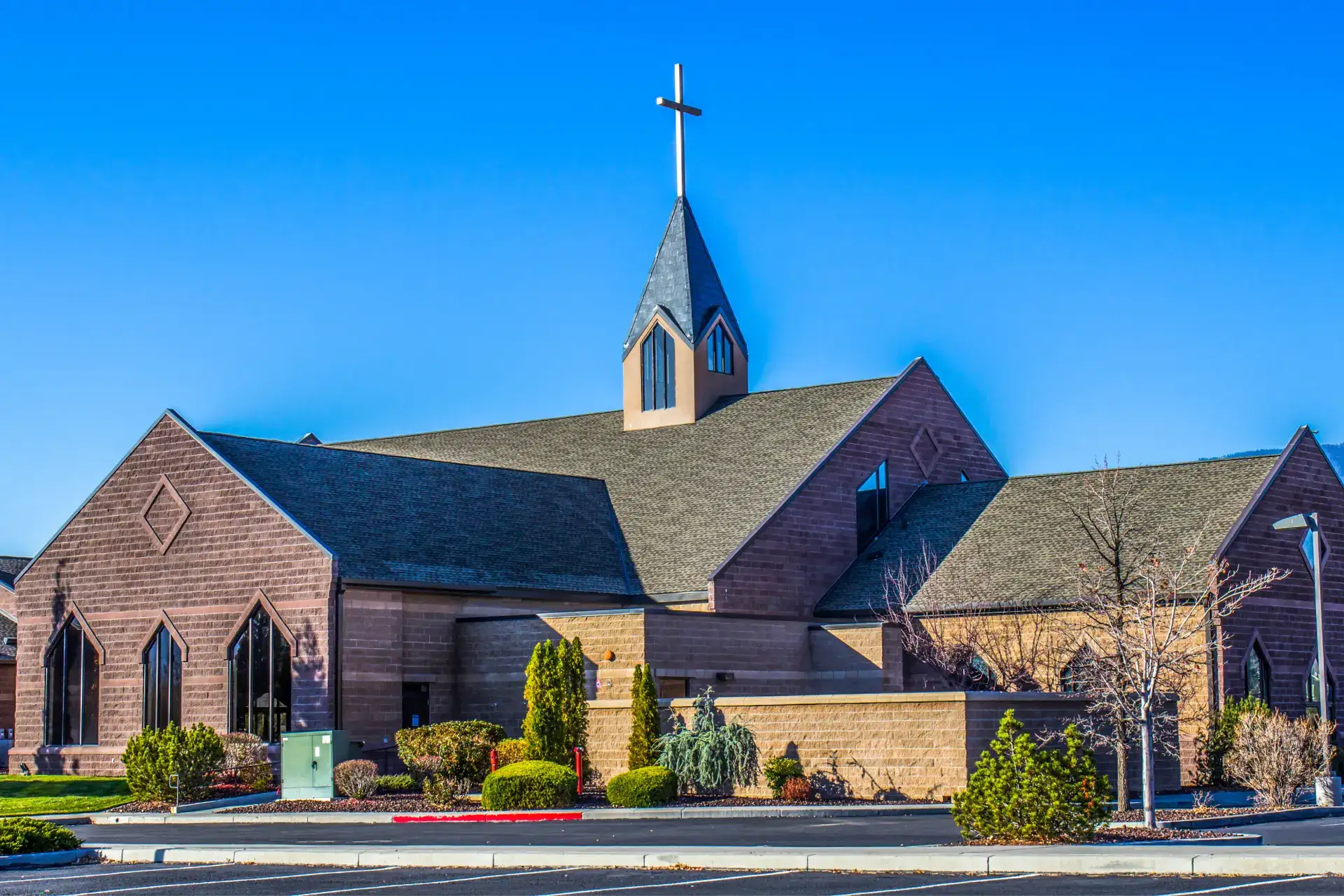In an era where technology is transforming every sector, churches are also exploring ways to modernize their operations. One significant area of improvement is church asset management and tracking. With the adoption of specialized software, churches can streamline their management processes, enhance transparency, and focus more on their core mission of spiritual guidance and community service.
At its core, church asset management software provides a centralized system to monitor and maintain an inventory of the church’s physical assets, including audio/visual equipment, event equipment, furniture, and other valuable items. This blog post will explore the benefits of implementing asset management software in a church and how it can improve inventory tracking.
Save time managing church assets
Like any other organization, churches possess various assets, ranging from musical instruments, sound systems, and event equipment to toys and books. Keeping track of these assets manually can be time-consuming and prone to errors. Asset management software offers a centralized system to record, track, and manage these items efficiently.
With features like barcode scanning and detailed usage history, church administrators can easily monitor the status and location of their assets. This saves time and ensures that valuable resources are well-maintained and utilized effectively. Moreover, by having a real-time overview of all assets, churches can avoid unnecessary purchases and allocate resources more judiciously.
Start your rental business for just $29/month
Put your toes in the water and test the demand in your area with a rental website for just $29/month.
Reserve assets for church events
Churches often host various events, such as services, weddings, community gatherings, and educational programs. Coordinating these events involves managing multiple assets, such as chairs, tables, audiovisual equipment, and more. Asset management software simplifies this process by allowing administrators to check the availability of these items, reserve them for specific events, and track their usage.
By automating these tasks, church staff can focus more on the event than the logistics, ensuring a smooth and successful experience for participants. This can be particularly beneficial during large events like Easter and Christmas services, where efficient resource management is crucial to accommodate increased attendance. Furthermore, having a reliable system to manage event logistics can enhance the church’s reputation as a well-organized and responsive community center.
Reduce the burden on church staff
Overall, integrating asset management and tracking software improves operational efficiency. Automating routine tasks reduces the burden on church staff, allowing them to focus on more strategic and mission-centric activities. The software facilitates better decision-making by providing real-time data and insights into asset utilization and needs.
For example, if the software indicates that specific equipment is underutilized, church leaders can decide to repurpose or donate it to other organizations in need. Conversely, high demand for particular assets can prompt timely acquisitions, ensuring the church remains well-equipped to serve its community. The ability to quickly generate reports and access asset data also streamlines administrative tasks, freeing staff to engage more directly with congregants and community projects.

Case study: The Diocese of Norwich
The Diocese of Norwich manages over 1,800 items with Booqable’s church asset management software. They have implemented a self-service system that simplifies the booking process and reduces phone inquiries by 90%. Booqable software has been instrumental in managing the inventory efficiently, utilizing barcodes and a mobile app for streamlined check-outs and returns, preventing double bookings, and reducing product loss.
For more details, read their story.
Church asset management software
Adopting asset management and tracking software represents a significant step towards modernizing church operations. By streamlining inventory management, simplifying event coordination, and boosting operational efficiency, these tools empower church leaders to manage resources more effectively. As churches embrace technology, they can better serve their communities and fulfill their spiritual missions more efficiently and transparently.
Investing in such software is a move toward modernization and a commitment to stewardship, accountability, and service excellence. Churches that leverage these technological advancements position themselves as forward-thinking institutions dedicated to maximizing their resources for the greater good. This fosters a stronger, more engaged community united in their shared mission and vision.




